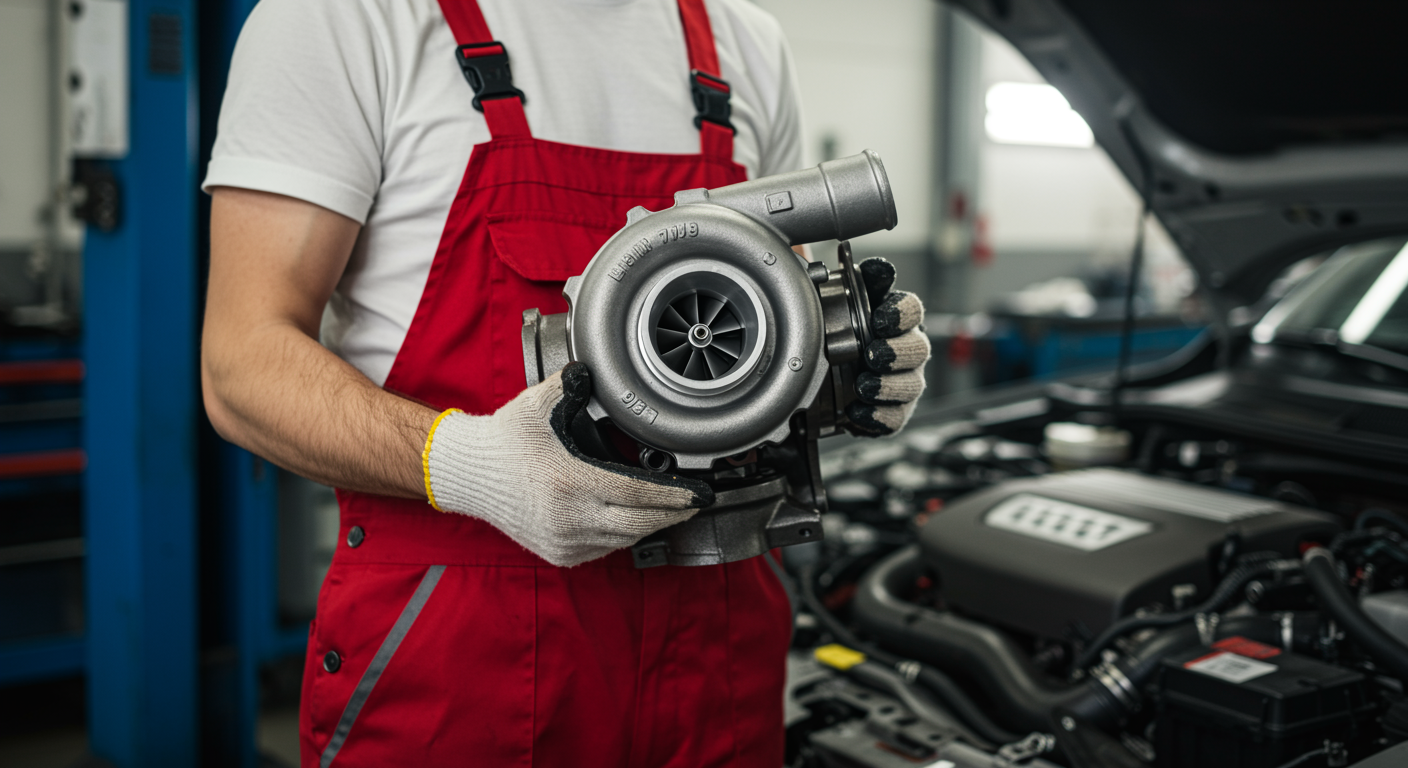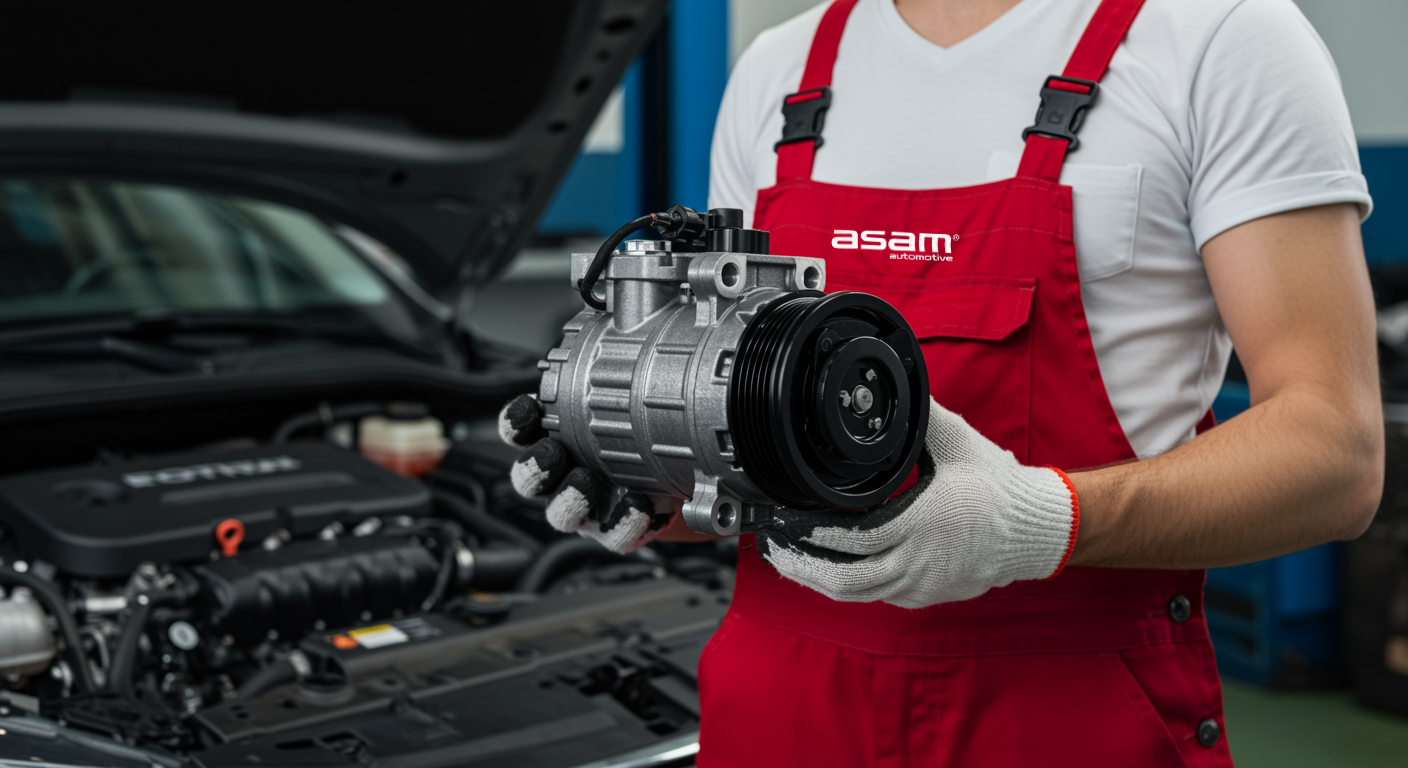
Common Failures of AC Compressors
1. Compressor overheating
This is most often caused by the loss of refrigerant. The cold refrigerant on the suction side returning from the evaporator ensures the cooling of the compressor. Once it is lost, the refrigerant no longer enters the compressor, therefore there is no cooling. Blockages in the system will also prevent the flow of cold refrigerant to the compressor.
2. Compressor contamination
• Foreign materials such as metal fragments, impurities, and other contaminants. These result in damage to the internal components of the compressor, eventually seizing it.
• Moisture corrodes internal parts, causing failures. Moisture will create higher pressures in the system or freeze in the expansion valve, creating blockages in the refrigerant flow.
• Residual substances from chemical cleaning.
3. Clutch slippage
If the actuations are too frequent or if the system voltage is too low, the excessive heat created will cause bearing failure or melting of the epoxy material of the induction coil.
4. Damage caused by handling or shocks
Handling, transport, and storage of compressors require avoiding physical shocks, as well as applying protective caps.
Important for auto repair workshops!
* The AC compressor can only be installed by qualified personnel. Incorrect installation, use, and operation of the AC compressor, or modifications made to it, can cause damage. Manufacturer specifications, as well as installation and startup instructions, must be followed.
** Handling, transport, and storage of compressors require the application of plugs and protective caps. Immediately after removal from the car, it is mandatory to apply them. The absence of plugs and caps can influence warranty resolutions.
NOTE
* The certificate and warranty conditions of AC compressors can be found in the product packaging and on the platform eshop.conexdist.ro, in the useful files section.
** ALL air conditioning compressors are pre-filled with compatible oil specific to the application. Exact details (oil quantity, oil type, refrigerant type) are available on eShop, in the Criteria or Information sections of each item.
General information Replacement procedure Common defects Filling quantities


